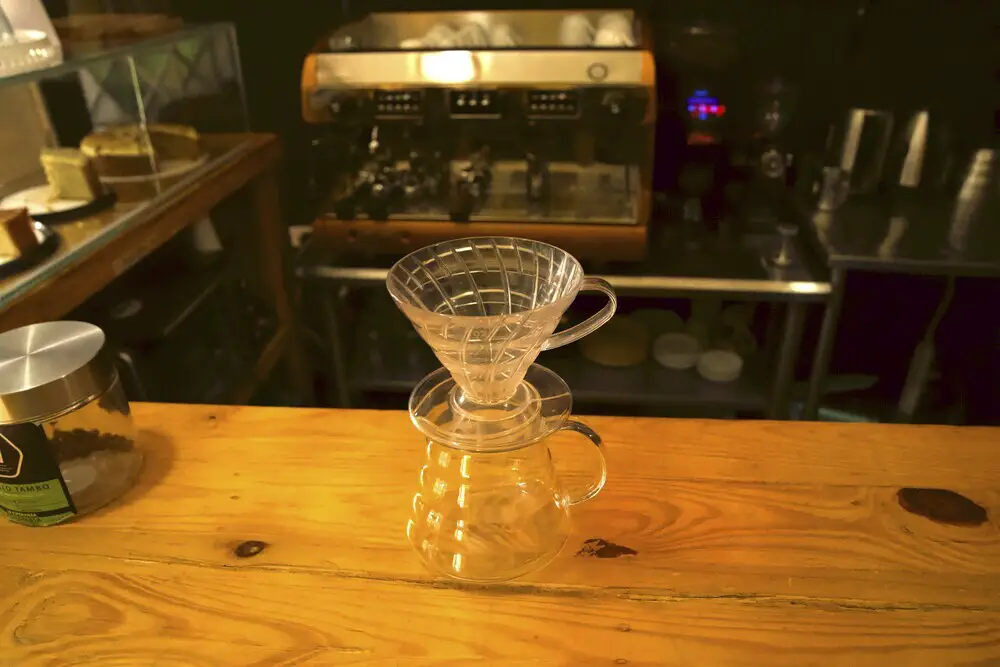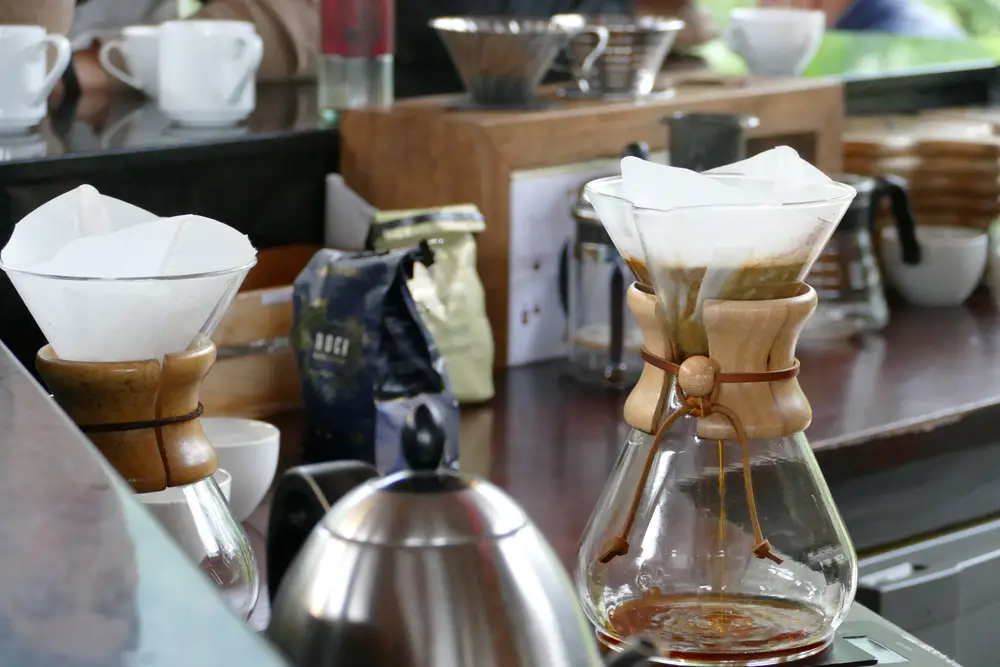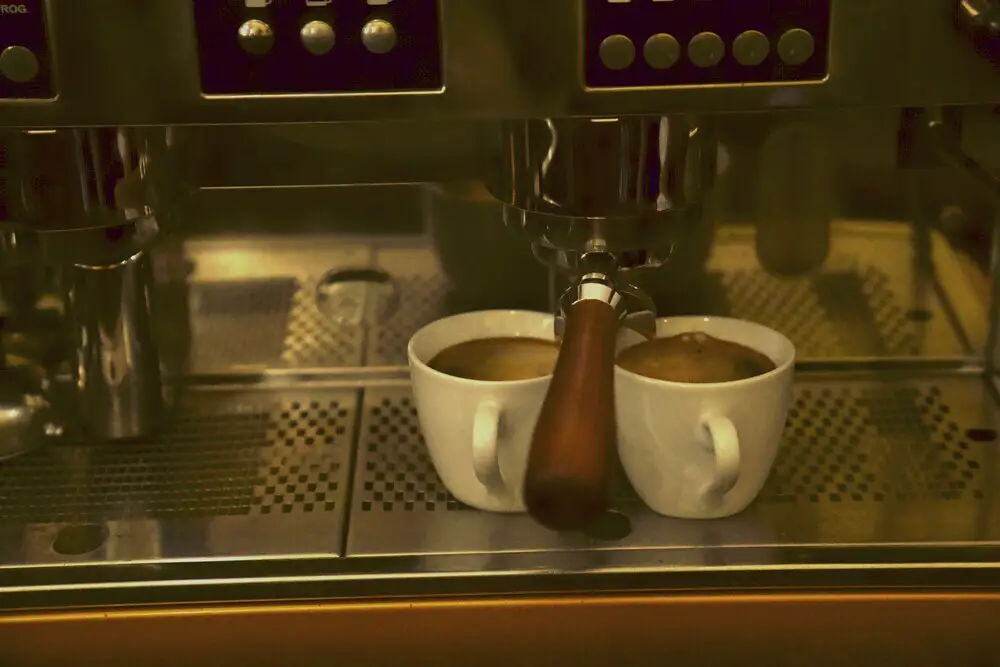It can be difficult to find the right brewing method for yourself. To help you decide which method is best for you, we’ve broken down the key differences between pour-over and drip coffee makers, and the pros and cons of each method.
Table of Contents
What is poured coffee?
Pour coffee has been around for a while, but lately it’s enjoyed renewed popularity thanks to the third coffee wave.
In this brewing method, hot water is poured over ground coffee beans in a filter. The hot water flows through the coffee into a container or cup. Unlike the French press, which extracts the coffee’s aroma by immersion, pouring over is what’s known as a percolation method.
This method is also known as hand brewing because of the way it is prepared. It can be a bit more complicated than other methods, but it delivers a well-balanced cup of coffee.
The most popular hand brewers are the Hario V60 and the Chemex. The Hario V60 is a conical coffee maker with sloping and beveled walls to ensure an even extraction. The Chemex, on the other hand, is a classic one-piece coffee maker that allows you to brew more cups of coffee.
Pros and Cons of Pour Over Coffee
Advantages
- Manual brewing allows the barista to control and adjust every key aspect of the brewing process on the spot.
- If time permits, the barista can tailor the brew to the customer’s preferences.
- Pour-over coffee makers like the Chemex or the AeroPress are much more affordable than decent brew coffee makers.
Disadvantages
- This method is not suitable for brewing a large amount of coffee.
- Although baristas invest more time and effort in manually brewing coffee for their customers, many of the customers don’t notice the difference between manual and automatic brewing.
What is drip machine coffee?
A drip machine consists of different parts. The water tank is filled with cold water. This is heated and dripped over the coffee in the filter. The coffee powder and the filter must be inserted manually. However, the brewing process takes place automatically. These devices are typically found in offices where large amounts of coffee are consumed.
The range of brewing devices is wide, ranging from simple old-school machines to relatively smart coffee makers that can be programmed to different recipes and preferences. Consequently, the costs vary.
All in all, batch brewing is quick, convenient and requires little training to perfect. After brewing, the coffee can easily be stored and served in a carafe.
Pros and cons of drip coffee
Advantages
- A large quantity of coffee is brewed quickly.
- The quality is usually steady.
Disadvantages
- A large part of the coffee is usually not consumed fresh.
Manual Pour vs. Drip Machine Coffee
Basically, the terms “pour over” and “batch brew” are used in different contexts to refer to different beverages in coffee shops. However, they refer to the same type of coffee, just brewed using different pour-over methods.
Automation versus control
The preparation of the batch brew is automated and therefore of course the most convenient method. Basically, it’s a mechanized version of the pour-over. The brewery takes care of all the extraction variables that they would normally have to deal with when pouring over, leaving less room for human error.
The advantage of pouring over is that you have complete control over all the variables when it comes to brewing a cup of coffee. You determine the ratio, brewing time, and pour-over technique for each cup. In addition, the pour-over system allows you to adjust quickly and efficiently.
With batch brewers, the brew ratio and grind can usually be easily adjusted. However, more complex customizations may require deeper knowledge of how the machines work.
Taste differences
All else being equal, both methods should taste similar. That said, modern high-end batch brew coffee makers should be able to match what a professional and focused barista can achieve with pour over.
However, depending on the quality of the batch brewer, a very different end product can be achieved with either method.
The pour-over method, on the other hand, results in slightly clearer and more balanced flavor profiles because the extraction variables can be adjusted by hand. This method is ideal for single-origin coffees where you want to emphasize a specific characteristic, for example.
Different skill levels
Drip machines are generally easier to use and more accessible than manual brewers. Once the settings are configured, it’s easy.
Pour-over is more convenient and allows control over all extraction variables, but even small changes in technique can affect or enhance the end product of the coffee.
Cleaning
Batch brewers are more difficult to clean than pour-over brewers. This is because there are more parts that require maintenance. This requires a more complex cleaning process to ensure coffee oils don’t build up and affect the final cup profile. If not cleaned, batch brewers tend to retain rancid flavors.
Manual brewers are much easier to clean as they tend to be more compact and don’t have complex internal parts to worry about. However, that doesn’t mean that cleaning these devices is any less important.
Preparation
Too coarse a grind will result in an acidic and under-extracted cup. Too fine a grind, on the other hand, gives the coffee a bitter taste.
As a general rule, a coarser grind should be used when brewing drip machine coffee than when brewing pour-over coffee, as the coffee steeps longer and takes longer to brew.
For conical coffee machines like the Hario V60, a medium-fine grind, similar to that of table salt, is used. The Chemex is a bit coarser.



